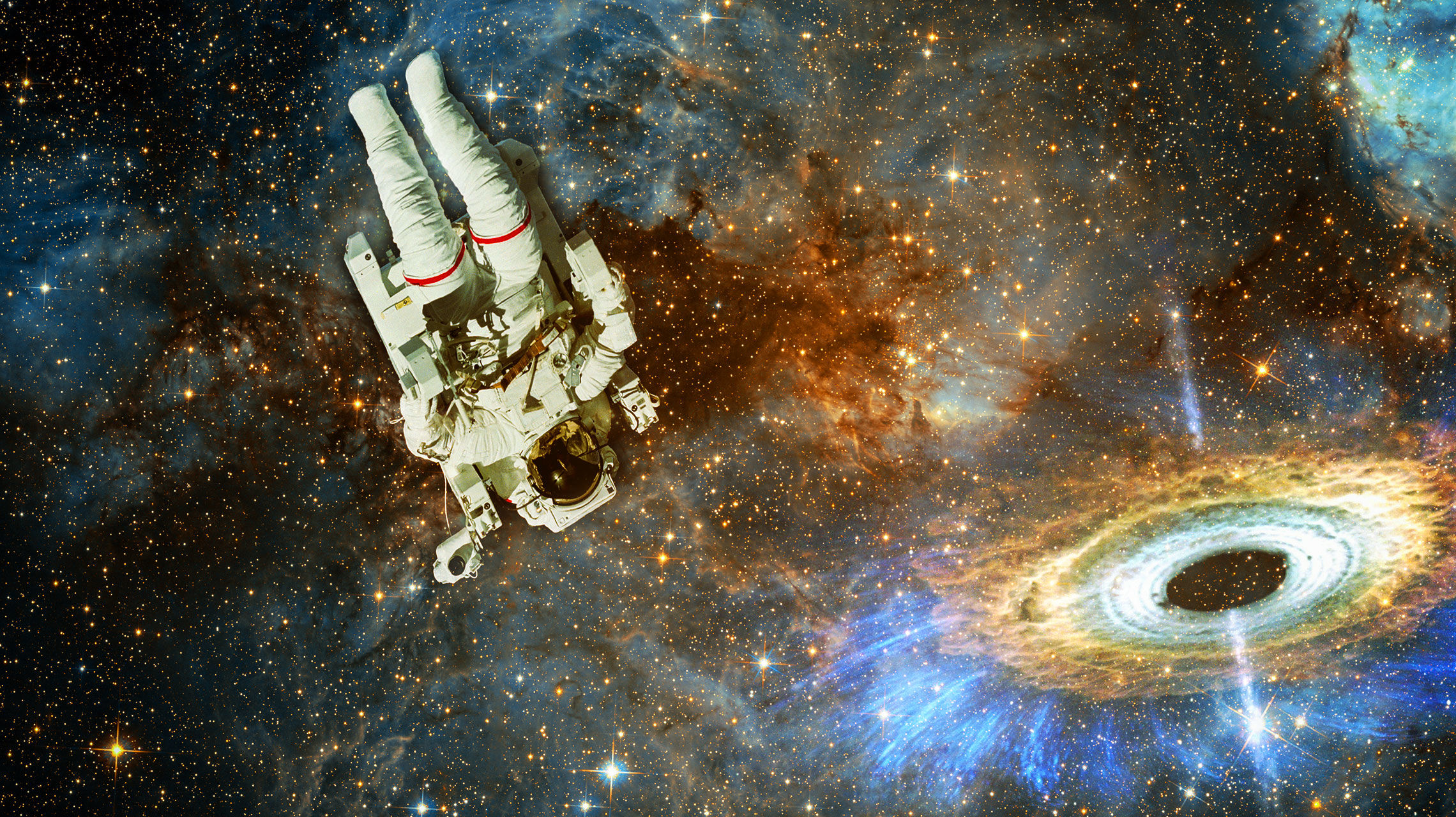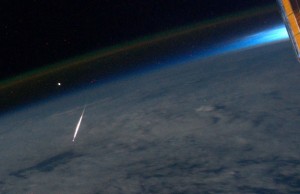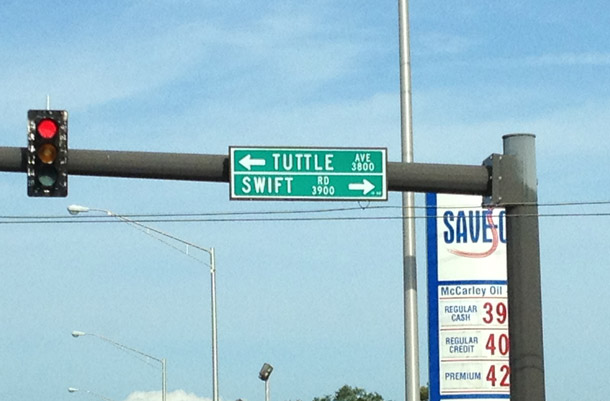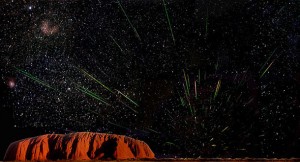Create a free profile to get unlimited access to exclusive videos, sweepstakes, and more!
Perseid meteors peak over the next few nights

 The annual Perseid meteor shower peaks over the next night or two, so this is the best time to go out and look. I have a guide on how to observe the shower and a couple of links, too, but first indulge me a moment to talk about meteor showers.
The annual Perseid meteor shower peaks over the next night or two, so this is the best time to go out and look. I have a guide on how to observe the shower and a couple of links, too, but first indulge me a moment to talk about meteor showers.
The Earth orbits the Sun, as do comets. Comets are lumpy collections of gravel and dust held together in a matrix of frozen ice (usually water and/or carbon dioxide). As they get near the Sun, the ice turns into a gas, freeing the dust and gravel. This material follows in the same path of the comet like dirt flying off a dump truck on a highway. Over time - millennia - it spreads out into space.
The Earth plows into this stuff as it goes around the Sun. These tiny bits of cosmic jetsam burn up as they ram into our atmosphere at speeds of up to 100 kilometers per second, and we call them meteors.
Quick tip: a meteoroid is the solid bit of rock or whatever that travels through space. As it burns up in our air we call it a meteor. If it hits the ground, it's called a meteorite. Now you can sound pretentious and correct people at cocktail parties!
The Earth is always being bombarded by meteors; about 100 tons per day burn up in the atmosphere. But that number goes up when we pass through the stream of matter that's come off a comet - think of it as driving down a road and hitting the occasional insect. Then you pass near a creek and suddenly you slam into a swarm of bugs.
So yeah, meteor showers are the equivalent of that. But much prettier and less disgusting.
Every August the Earth passes through the debris from the comet Swift-Tuttle, forming the Perseids meteor shower.

[The best place to observe the shower is apparently in Sarasota, Florida. Yes, this is a real picture; I took it myself.]
 They're called the Perseids because they appear to come from the sky in the constellation of Perseus. It's a bit like when you drive through a tunnel and all the lights on the sides appear to be moving away from a point ahead of you. It's perspective, an illusion of sorts. In this case, the orbits of the Earth and the meteoroids add together to make the meteors appear to shoot away from the part of the sky where Perseus is. Other showers do this too, but from different parts of the sky, and the showers are named after their constellation. Thus, the Leonids, the Orionids, the Taurids, and so on. The Perseids are one of the best of the year, with about 50 - 60 meteors per hour visible (so on average one per minute at the peak). You may see fewer than that, but sometimes there are mini-peaks where the number goes up. It's worth going out for an hour or two to see them!
They're called the Perseids because they appear to come from the sky in the constellation of Perseus. It's a bit like when you drive through a tunnel and all the lights on the sides appear to be moving away from a point ahead of you. It's perspective, an illusion of sorts. In this case, the orbits of the Earth and the meteoroids add together to make the meteors appear to shoot away from the part of the sky where Perseus is. Other showers do this too, but from different parts of the sky, and the showers are named after their constellation. Thus, the Leonids, the Orionids, the Taurids, and so on. The Perseids are one of the best of the year, with about 50 - 60 meteors per hour visible (so on average one per minute at the peak). You may see fewer than that, but sometimes there are mini-peaks where the number goes up. It's worth going out for an hour or two to see them!
So here's a very quick rundown of what you need to observe the shower (Universe Today has a good, short guide as well):
1) Find a place that's dark. Some meteors are bright and easy to spot, others fainter. The darker the spot you find away from house and city lights, the better.
2) You don't really need to face Perseus (to the northeast); in fact your best bet is to have as much sky visible as possible. The more heavenly real estate you can see, the better your chances of seeing more meteors.
3) Be outside after local midnight - literally, halfway between dusk and dawn. The geometry of the shower makes it more likely to see meteors at that time. To use the car and bugs analogy again, you see more splattered arthropods on your front windshield than the rear one because you're driving forward into the swarm. After midnight, you're on the part of the Earth facing into the direction of the Earth's travel around the Sun, so you'll see more meteors then.
4) Relax! Use a lounge chair or some other comfortable way to lie out. You want to be facing up, and the more comfortable you are the better. A blanket might help; even in the summer a little warmth can be nice. You won't see streaks across the sky every which way like the heavens are falling; you'll see a meteors on average once a minute or three. So you need patience - which is rewarded when you see that bit of light zipping across the sky. It's quite a thrill.
5) Look up! You don't need a telescope or binoculars or other fancy equipment. In fact, you're less likely to see meteors if you're looking through an eyepiece. Remember, the more sky you see the better.
6) Taking pictures of meteors is easy if you only have an inexpensive camera and a tripod. Set it up, point it anywhere you want - find a nice collection of bright stars if you prefer - and let it expose for a few minutes if you can. You'll have a lot of shots of star trails and nothing else, but if fortune favors you, you'll find a nice bright streak or two in some of the pictures. Meteors!
7) Got wireless? Then bring your mobile device outside with you and listen to the meteors, too! This is actually totally cool, and I highly recommend it.
That's it! If you want a bit more info, I wrote a guide to Perseid observing back in 2007 that's still a good synopsis of the situation, too. And again check Universe Today for more.
Meteor showers are a wonderful event, a time to relax and look up. It's a good way to hang out with friends and family, and share the Universe with each other. What could be better?
Image credits: Perseid from the ISS: NASA; Swift-Tuttle street sign: me; Leonids over Uluru: Vic and Jen Winter at ICSTARS.
Related Posts:
- Pursuing Perseids
- Ten Things You Don't Know About Comets
- Mesmerizing Perseid timelapse video
- Listen in on the Perseid meteor shower


























